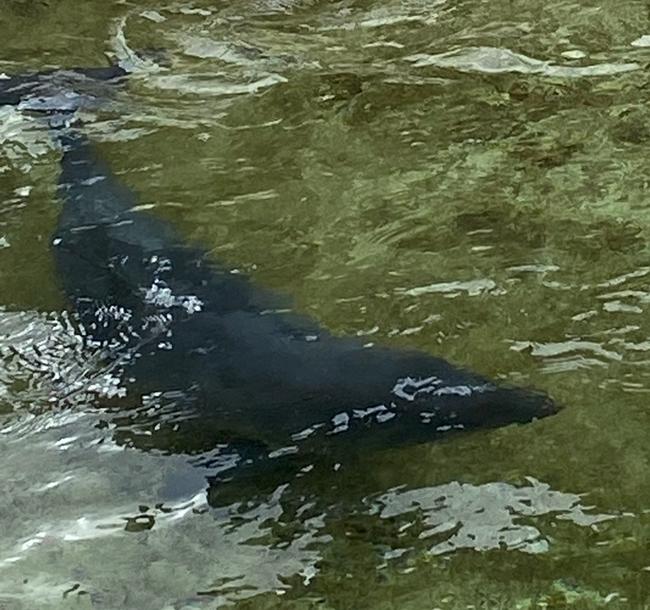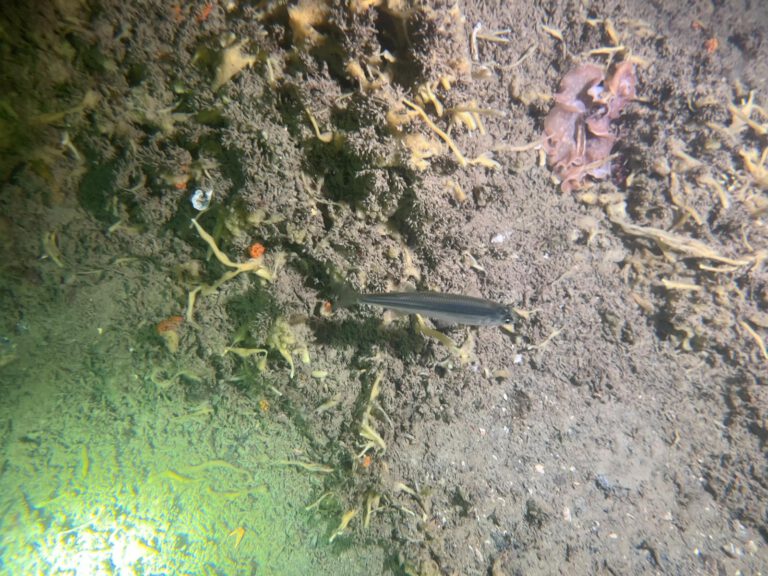Common Brittle Star – Ophiura ophiura

Common Brittle Star (Ophiura ophiura) - Gewone Slangster
Taxonomy: The Common Brittle Star belongs to the Ophiuroidea class, closely related to sea urchins and starfish. It is part of the Ophiura genus, known for their slender arms and flexible bodies.
Species: There are around 200 species of brittle stars, varying in color from brown to bright yellow. The Common Brittle Star is often recognized by its long, thin arms.
Reproduction: Brittle stars can reproduce both sexually and asexually. They release eggs and sperm into the water for external fertilization. Some species can regenerate lost arms, which aids in asexual reproduction.
Habitat: Found on sandy and muddy seabeds, brittle stars prefer shallow coastal waters but can also be found at depths of over 100 meters.
Diet: They are scavengers and detritivores, feeding on organic debris and small plankton. Their flexible arms help them capture food particles from the water and substrate.
Conservation: While many brittle star species are abundant, habitat destruction and pollution threaten their populations. Conservation efforts focus on maintaining clean marine environments.
Unique Anatomy: Brittle stars have a central disk with five long, flexible arms. Their unique structure allows them to move quickly and escape predators by shedding arms.
Regeneration: One of the most fascinating features is their ability to regenerate lost arms. This ability is crucial for survival, as it allows them to escape from predators.
Lifespan: Common Brittle Stars can live for up to 5 years in the wild, depending on environmental conditions.
Common Brittle Star: The Ocean’s Scavenger
When you think about marine life, vibrant fish and majestic mammals might come to mind. However, hidden beneath the waves lies the Common Brittle Star, a fascinating and often overlooked inhabitant of our oceans. These creatures play a vital role in maintaining the health of marine ecosystems, making them worthy of our attention and protection.
What is a Common Brittle Star?
The Common Brittle Star, scientifically known as Ophiura ophiura, is a small echinoderm that thrives on the ocean floor. Characterized by its slender arms and flexible body, it moves with grace, navigating through sandy and muddy seabeds. Their ability to blend into their surroundings helps them evade predators, making them adept survivors.
A Day in the Life of a Brittle Star
These scavengers spend their days foraging for food among debris on the seafloor. They consume organic matter and small plankton, playing an essential role in nutrient recycling. With their long arms, they can reach for food particles and quickly move away if threatened. Their flexibility allows them to hide in crevices, making them less vulnerable to larger predators.
Unique Reproductive Traits
The reproductive habits of brittle stars are intriguing. They can reproduce sexually by releasing eggs and sperm into the water. Some species can also reproduce asexually by regenerating lost arms, which can develop into new individuals. This remarkable ability ensures their survival in fluctuating environments.
Ecological Importance
Brittle stars are crucial to marine ecosystems. As scavengers, they help break down organic matter, supporting the nutrient cycle. Their presence indicates a healthy environment, as they thrive in clean, well-oxygenated waters. Protecting their habitats is vital for maintaining ocean biodiversity.
Conclusion
The Common Brittle Star is a remarkable creature that deserves our recognition. With their unique adaptations and vital ecological role, they remind us of the wonders hidden beneath the sea. Let us appreciate and protect these small yet significant marine inhabitants, ensuring that they continue to thrive in our oceans.







